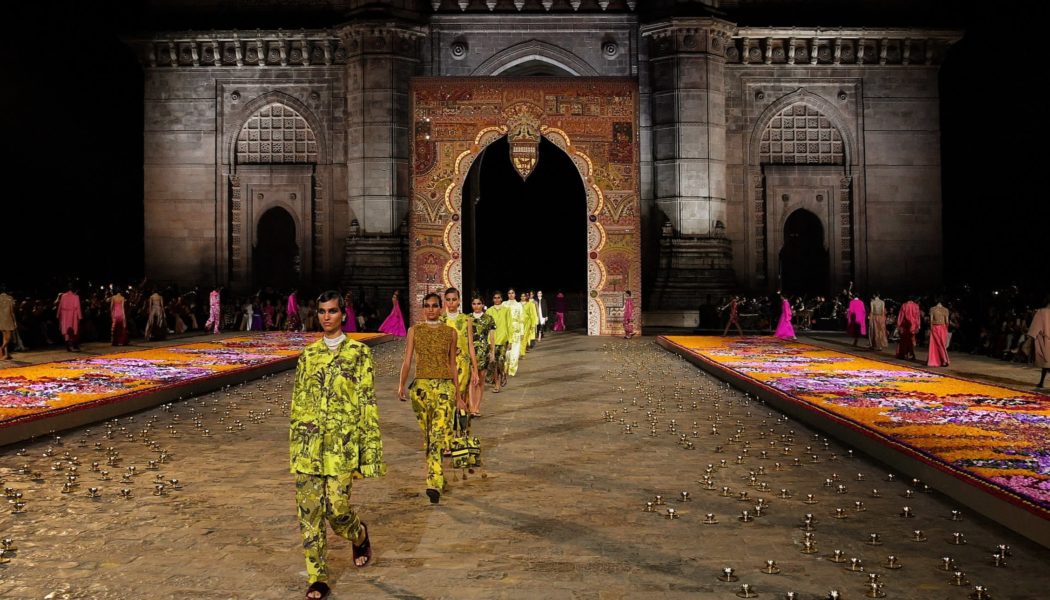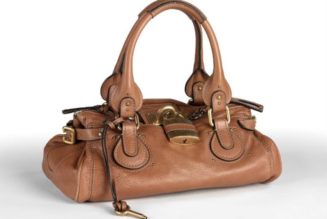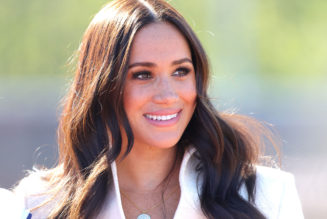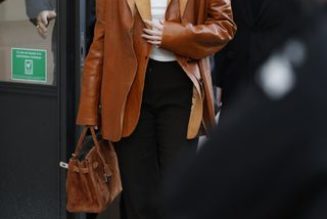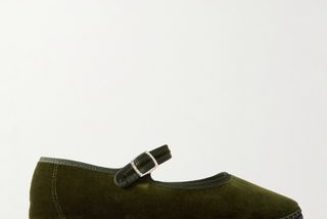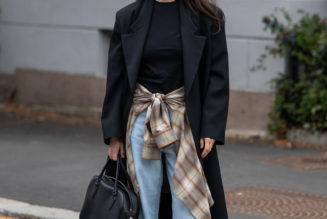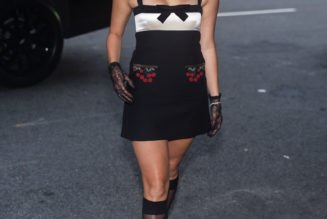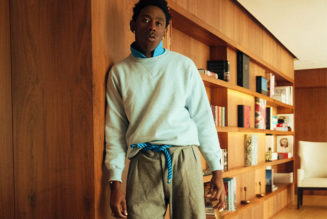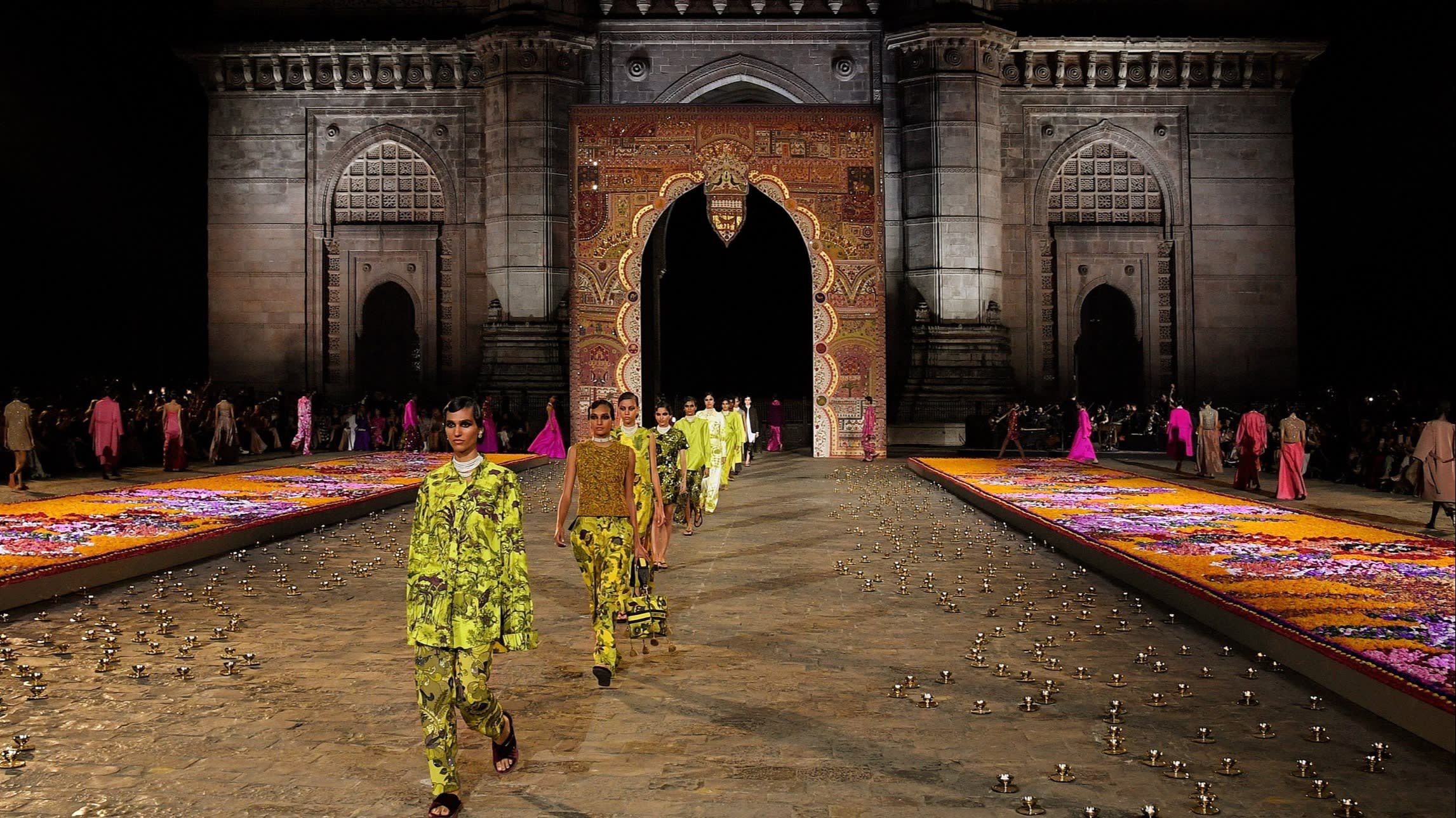
There is a saying within fashion circles that “it’s always fashion week somewhere”, and increasingly that is becoming fact. On Thursday evening in Mumbai, Dior hosted a runway show under the magnificent Gateway of India to display its Pre-Fall 2023 collection. It is Dior’s fourth show so far this year, to be followed by a women’s Cruise show in Mexico City in May and a menswear show in Paris in June.
Pre-Fall, which arrives in stores in the middle of summer, filling the gap between the spring and autumn collections, is not typically shown on a catwalk. But it is rapidly becoming the rationale for luxury brands to add yet more shows to an already-packed calendar as they vie for the attention of online audiences and top-tier clients in key markets in the wake of Covid-19 lockdowns. Dior has increased its show count from seven to 10 since the pandemic began; next month Louis Vuitton will host a Pre-Fall show in Seoul before heading to Lake Maggiore in Italy in May to unveil its Cruise collection.
With them travel their best clients and a smattering of international celebrities, influencers and press, who are joined on the ground by local stars and clients. At Dior’s show — its first in the country since former designer Marc Bohan sent over a collection (but did not travel himself) in 1962 — this included Bollywood stars Rekha, Anushka Sharma, Sonam Kapoor and Ananya Panday.
They looked on as models emerged in looks you would expect from a Dior Pre-Fall collection — classic trenchcoats, slick wool Bar jackets and black quilted gilets — and those that combined, more wonderfully, the house codes with the spirit, styles and colours of local dress: elegant wool tunics, in ivory and black, buttoned over matching shorts and velvet flip-flops; a columnar wrap skirt and bandeau top in thick chartreuse silk; long shirts cut to tunic length and layered over beaded skirts. All of the models wore flat shoes, which ranged from lace-up sandals to buckled combat boots, and which emphasised the ease and lightness of the clothes.
India is not a major market for western luxury brands, though it is growing quickly. Analysts at Bain estimate that luxury goods sales to Indian nationals will more than triple over the next eight years to €25-€30bn, calling it a “new and significant pocket of growth for luxury”.
“It is only a small market for us,” Maria Grazia Chiuri, Dior’s artistic director of six years, acknowledged in an interview pre-show. Rather, what brought Dior to India was Chiuri’s longstanding relationship with Chanakya, a local atelier specialising in hand embroidery that Chiuri began working with more than three decades ago, while a designer at Fendi. She has continued the collaboration at Dior, mainly for haute couture, and is one of only a few designers to openly credit her Indian suppliers. Dior also partly funds the Chanakya School of Craft, a one-year programme that teaches hand embroidery.
The intricate hand embroidery that Chanakya specialises in does not read well on phone screens, or even, really, on a catwalk — it must be seen up close to be appreciated. “It’s important today to show what is behind fashion, a fashion show,” Chiuri said. “Because a fashion show is now only 10, 15 minutes, and we’ve forgotten what the real work is behind fashion.”
To that end, clients and press were taken on tours of the Chanakya ateliers to see master craftspeople demonstrate their work first-hand — the hope being that clients, having developed a deeper appreciation for such work, would then be charmed enough to buy the clothes. It was one of many activities the brand organised for its top spenders across four days, including formal dinners, city tours, a thumping after-party at the Taj Palace Hotel, and a visit to a new costume exhibition at the Nita Mukesh Ambani Cultural Centre curated by World of Interiors editor Hamish Bowles.
These top-spending clients, known in the industry as “VICs”, are becoming a bigger priority at brands like Dior, as they account for an increasingly large share of overall luxury spending. The top 2 per cent of luxury spenders make up about 40 per cent of sales on average at luxury brands, up from 35 per cent in 2009, according to Bain, and competition for their favour is fierce.
Destination shows can easily cost brands seven figures to host, but executives say they are good value for money, generating visual imagery to be transmitted on the brand’s own channels as well as the online platforms of attending celebrities, brand ambassadors and press. Executives also say they get better press coverage than they do during typical fashion weeks, as press can spend several days focusing on their brand, rather than a 20-minute window sandwiched between dozens of shows.
Clients are primed to spend. At Dolce & Gabbana’s annual Alta Moda shows in Italy, the brand’s answer to haute couture, I have seen guests snap up jewellery priced above €1mn to wear the following day. Others order clothes on their phones as they watch them come down the catwalk. If these clients spend across two or three brands — and most of them do — it’s always fashion week somewhere for them, too.
Find out about our latest stories first — follow @financialtimesfashion on Instagram
